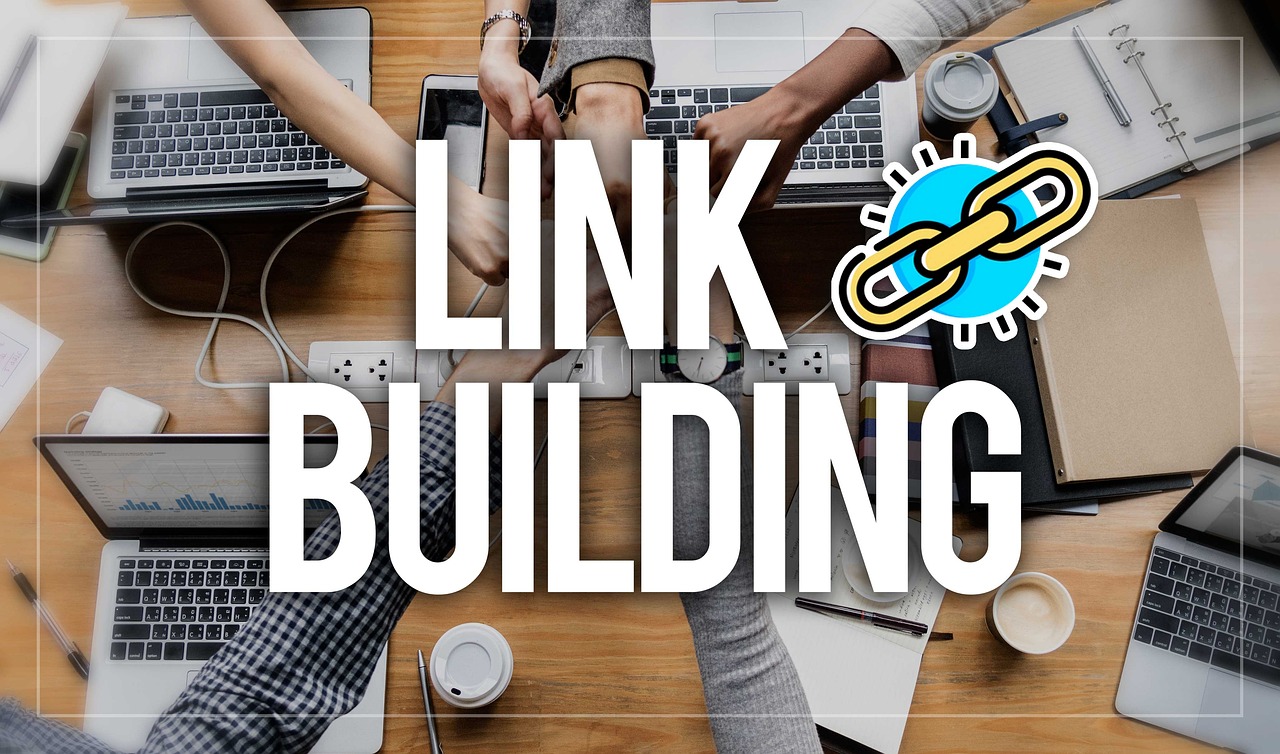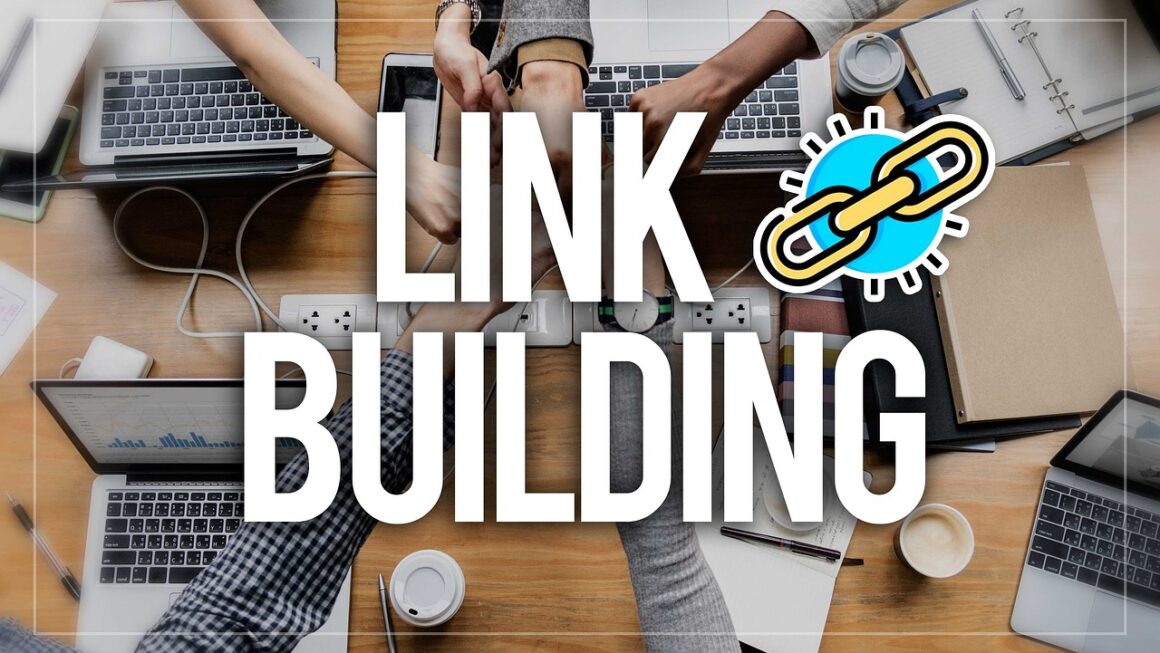AI-powered chatbots are revolutionizing marketing, offering businesses unprecedented opportunities to engage with customers, personalize experiences, and drive conversions. From answering frequently asked questions to guiding users through complex purchasing decisions, these intelligent assistants are becoming indispensable tools for modern marketing strategies. This blog post delves into the world of AI chatbot marketing, exploring its benefits, implementation strategies, and future trends, providing a comprehensive guide for businesses looking to leverage this transformative technology.
Understanding AI Chatbot Marketing
What is an AI Chatbot?
An AI chatbot is a computer program designed to simulate conversation with human users, especially over the internet. Unlike simple rule-based chatbots, AI chatbots use natural language processing (NLP), machine learning (ML), and deep learning algorithms to understand user intent, learn from interactions, and provide more intelligent and personalized responses.
- They can analyze user inputs, identify key information, and respond with relevant information.
- They can also learn from each interaction, improving their accuracy and effectiveness over time.
- Furthermore, they can be deployed across various platforms, including websites, messaging apps, and social media.
The Role of AI in Chatbot Marketing
AI empowers chatbots to go beyond simple pre-programmed responses. It allows them to:
- Understand Natural Language: NLP allows chatbots to understand the nuances of human language, including slang, abbreviations, and even sarcasm.
- Personalize Interactions: AI algorithms can analyze user data to deliver personalized recommendations, offers, and support. For example, an e-commerce chatbot could suggest products based on a user’s past purchases and browsing history.
- Automate Repetitive Tasks: AI chatbots can handle routine tasks like answering FAQs, scheduling appointments, and providing order updates, freeing up human agents to focus on more complex issues.
- Improve Customer Experience: By providing instant and personalized support, AI chatbots enhance the overall customer experience, leading to increased satisfaction and loyalty.
Benefits of Using AI Chatbots for Marketing
Implementing AI chatbots can significantly benefit a business’s marketing efforts:
- 24/7 Availability: Chatbots can provide support and answer questions around the clock, ensuring that customers always have access to assistance.
- Improved Customer Engagement: Chatbots can proactively engage with website visitors and app users, offering assistance and guiding them through the sales funnel.
- Reduced Customer Service Costs: By automating routine tasks, chatbots reduce the workload on human agents, lowering customer service costs.
- Increased Lead Generation: Chatbots can collect user information and qualify leads, providing valuable data for sales teams.
- Enhanced Personalization: AI allows for hyper-personalized interactions, increasing engagement and conversion rates. A chatbot could, for example, remember a customer’s preferred language and tailor its responses accordingly.
- Data Collection & Analytics: Chatbots provide valuable insights into customer behavior, preferences, and pain points, enabling marketers to refine their strategies.
Implementing AI Chatbots: A Step-by-Step Guide
Defining Your Goals and Objectives
Before implementing an AI chatbot, it’s crucial to define your goals and objectives:
- Identify the Problem: What specific problem are you trying to solve with a chatbot? (e.g., reducing customer service wait times, generating more leads)
- Set Measurable Goals: Define specific, measurable, achievable, relevant, and time-bound (SMART) goals. For example, “Reduce average customer service response time by 20% within three months.”
- Define Key Performance Indicators (KPIs): Identify the KPIs that will be used to track the success of the chatbot, such as customer satisfaction scores, lead generation rates, and cost savings.
Choosing the Right Chatbot Platform
Selecting the right platform is crucial for successful implementation:
- Consider Your Needs: Choose a platform that aligns with your business needs and goals. Some platforms are better suited for customer service, while others are better for lead generation.
- Evaluate Features: Assess the features offered by different platforms, such as NLP capabilities, integration options, and analytics dashboards.
- Consider Ease of Use: Select a platform that is user-friendly and easy to manage. No-code platforms are increasingly popular, allowing users to build chatbots without any programming experience.
- Check Scalability: Ensure that the platform can scale to meet your growing needs.
Examples of popular chatbot platforms include:
- Dialogflow (Google): Powerful NLP capabilities, good for complex conversations.
- Microsoft Bot Framework: Flexible, integrates well with Microsoft ecosystem.
- ManyChat: Popular for Facebook Messenger marketing.
- Chatfuel: Easy to use, good for simple chatbots.
Designing the Conversation Flow
A well-designed conversation flow is essential for a positive user experience:
- Map Out User Journeys: Identify the different paths users might take when interacting with the chatbot.
- Create Clear and Concise Responses: Use simple language and avoid jargon.
- Provide Options: Offer users clear choices and options to guide them through the conversation.
- Use Visuals: Incorporate images, videos, and other visuals to enhance engagement.
- Test and Iterate: Continuously test and refine the conversation flow based on user feedback. Use A/B testing to determine which messages and flows perform best.
Training the AI Chatbot
Training is critical for the chatbot’s effectiveness:
- Provide Training Data: Feed the chatbot with a large dataset of conversational examples.
- Use Supervised Learning: Manually label data to teach the chatbot how to respond to different user inputs.
- Monitor Performance: Regularly monitor the chatbot’s performance and identify areas for improvement.
- Continuously Train: Continuously train the chatbot with new data to improve its accuracy and effectiveness.
Optimizing AI Chatbots for Marketing Success
Personalization Techniques
Personalization is key to driving engagement and conversions:
- Segment Your Audience: Segment your audience based on demographics, behavior, and preferences.
- Use Dynamic Content: Tailor chatbot responses based on user data.
- Provide Personalized Recommendations: Suggest products, services, or content based on user interests. For instance, if a user has repeatedly looked at a specific type of shoe, the chatbot could proactively offer deals or related accessories.
- Use Usernames and Personal Details: Address users by name and reference their past interactions to create a more personal experience.
Integrating with Other Marketing Tools
Integrating your chatbot with other marketing tools can amplify its impact:
- CRM Integration: Integrate with your CRM to capture leads, update customer profiles, and track interactions.
- Marketing Automation Integration: Integrate with marketing automation platforms to trigger automated campaigns based on chatbot interactions.
- Email Marketing Integration: Collect email addresses and add users to your email marketing lists.
- Analytics Integration: Integrate with analytics platforms to track chatbot performance and gain insights into user behavior. Google Analytics and similar tools can provide valuable data on user engagement and conversion rates.
Analyzing Chatbot Performance and Making Improvements
Continuous monitoring and optimization are crucial for long-term success:
- Track Key Metrics: Monitor KPIs such as conversation completion rate, customer satisfaction scores, and lead generation rates.
- Analyze User Feedback: Collect and analyze user feedback to identify areas for improvement.
- Use A/B Testing: Experiment with different messages, flows, and features to optimize performance.
- Regularly Update and Train: Continuously update the chatbot with new data and train it to improve its accuracy and effectiveness.
The Future of AI Chatbot Marketing
Trends and Predictions
- Increased Personalization: AI chatbots will become even more personalized, leveraging advanced AI algorithms to understand user needs and preferences.
- Voice Integration: Voice-activated chatbots will become more prevalent, allowing users to interact with businesses using their voice. Think integrations with Amazon Alexa or Google Assistant.
- Proactive Engagement: Chatbots will become more proactive, anticipating user needs and offering assistance before being asked.
- Improved NLP: Advancements in NLP will enable chatbots to understand more complex and nuanced language.
- Integration with Metaverse: As the metaverse evolves, AI chatbots will play a crucial role in creating immersive and interactive experiences.
Ethical Considerations
As AI chatbots become more sophisticated, it’s important to consider the ethical implications:
- Transparency: Be transparent about the fact that users are interacting with a chatbot, not a human.
- Data Privacy: Protect user data and ensure compliance with data privacy regulations.
- Bias: Address potential biases in the training data to ensure that chatbots provide fair and unbiased responses.
- Explainability: Strive for explainable AI, making it clear how the chatbot makes decisions.
Conclusion
AI chatbot marketing is a powerful tool that can transform how businesses engage with customers, generate leads, and drive sales. By understanding the principles of AI chatbot marketing, carefully planning your implementation, and continuously optimizing your chatbot’s performance, you can unlock its full potential and achieve significant marketing success. As AI technology continues to evolve, chatbots will become even more integral to marketing strategies, offering unprecedented opportunities for personalization, automation, and customer engagement. Embrace this technology and stay ahead of the curve to achieve a competitive advantage in today’s rapidly changing digital landscape.




